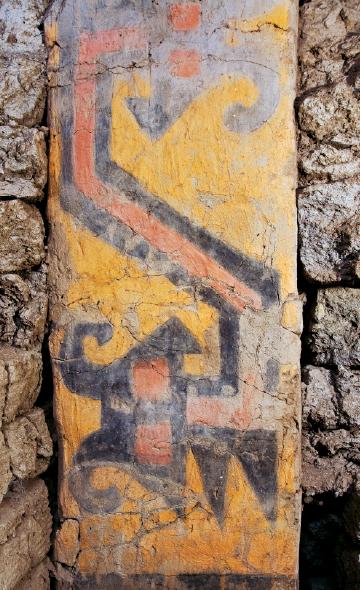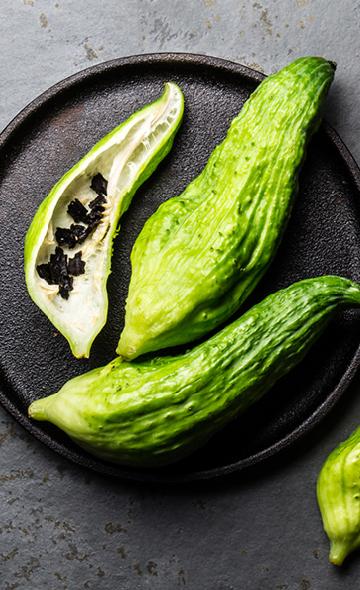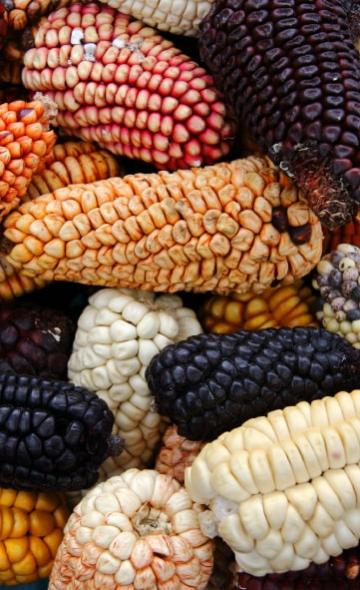- Visitors
- Researchers
- Students
- Community
- Information for the tourist
- Hours and fees
- How to get?
- Visitor Regulations
- Virtual tours
- Classic route
- Mystical route
- Specialized route
- Site museum
- Know the town
- Cultural Spaces
- Cao Museum
- Huaca Cao Viejo
- Huaca Prieta
- Huaca Cortada
- Ceremonial Well
- Walls
- Play at home
- Puzzle
- Trivia
- Memorize
- Crosswords
- Alphabet soup
- Crafts
- Pac-Man Moche
- Workshops and Inventory
- Micro-workshops
- Collections inventory
- News
- Students
- The Life Fish in Moche Iconography: representations at Huaca Cao Viejo, El Brujo Archaeological Complex
News
CategoriesSelect the category you want to see:
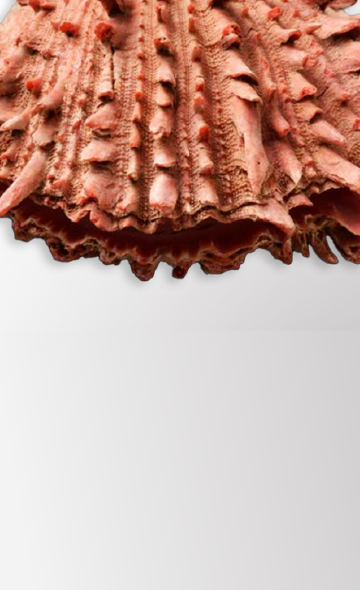
The Use of Spondylus Shells in Moche Ceremonial Contexts: Why Were They Symbols of Status and Wealth? ...
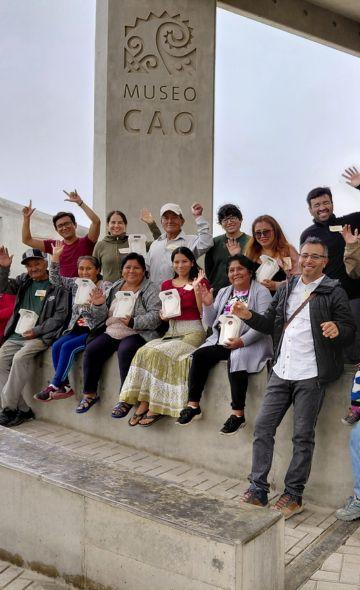
El Brujo Celebrated International Museum Day with Its Community: A Day of Encounter and Cultural Co-Creation ...
To receive new news.
By: Complejo arqueológico El Brujo
On the northern coast of Peru, between the 5th and 9th centuries A.D., the Moche left an impressive visual legacy that continues to draw the attention of archaeologists and historians. Among their numerous iconographic representations, a fish with a sinuous body and a semicircular or rhomboidal head with appendages stands out in ceramics and temple reliefs. This animal, identified as the Life Fish (Trichomycterus sp.), not only inhabited the rivers and irrigation canals of the region but also formed an essential part of the Moche worldview. But why did this fish hold such importance in their iconography?
The Life Fish in Moche textiles and reliefs
The Life Fish appears across a variety of Moche archaeological media, especially in fine-finished ceramics and in temple murals such as those of Huaca Cao Viejo, part of the El Brujo Archaeological Complex. It is often depicted with an elongated, undulating body, in some cases bearing markings that resemble those of a snake.
Research has determined that, due to its stylized form, some of its representations were initially mistaken for ophidians.
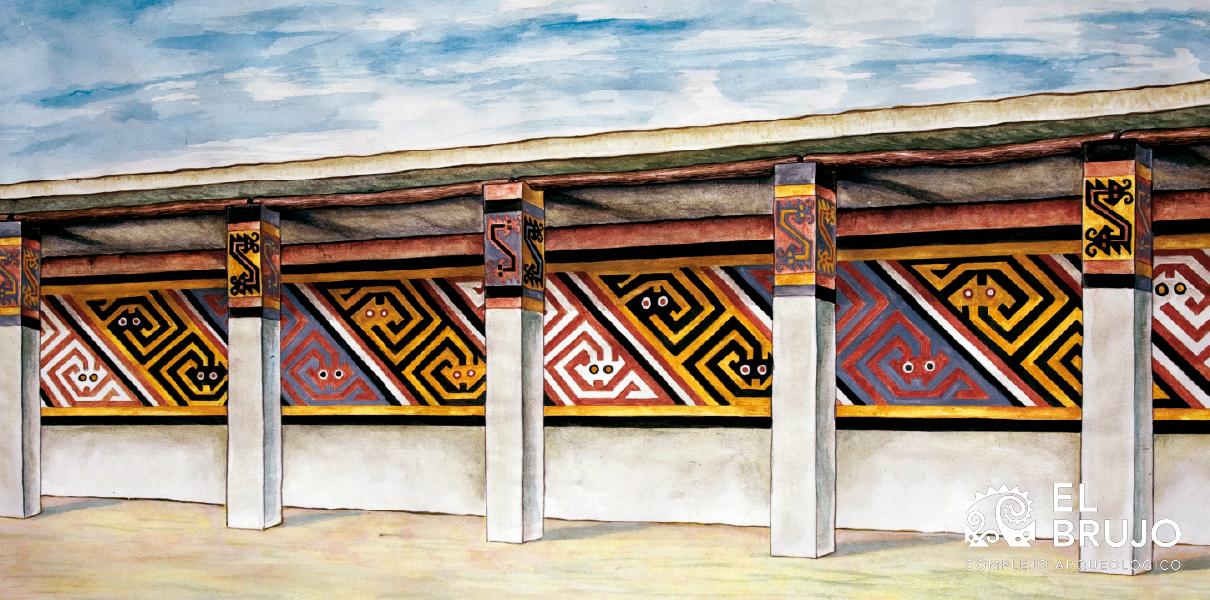
Image 1: Illustration of bicephalous Life Fish decorating the columns of the Marine Friezes Courtyard, corresponding to the first building of Huaca Cao Viejo.
One of the places where this fish takes on special prominence is at Huaca Cao Viejo. On the walls of this monumental building, specifically in the Marine Friezes Courtyard and in the chamber where the Lady of Cao was found, the Life Fish appears in opposite orientations, arranged in symmetrical pairs and rendered in a geometric form. Likewise, the Life Fish also appears ornamenting certain ceramic vessels, textiles and metal objects.
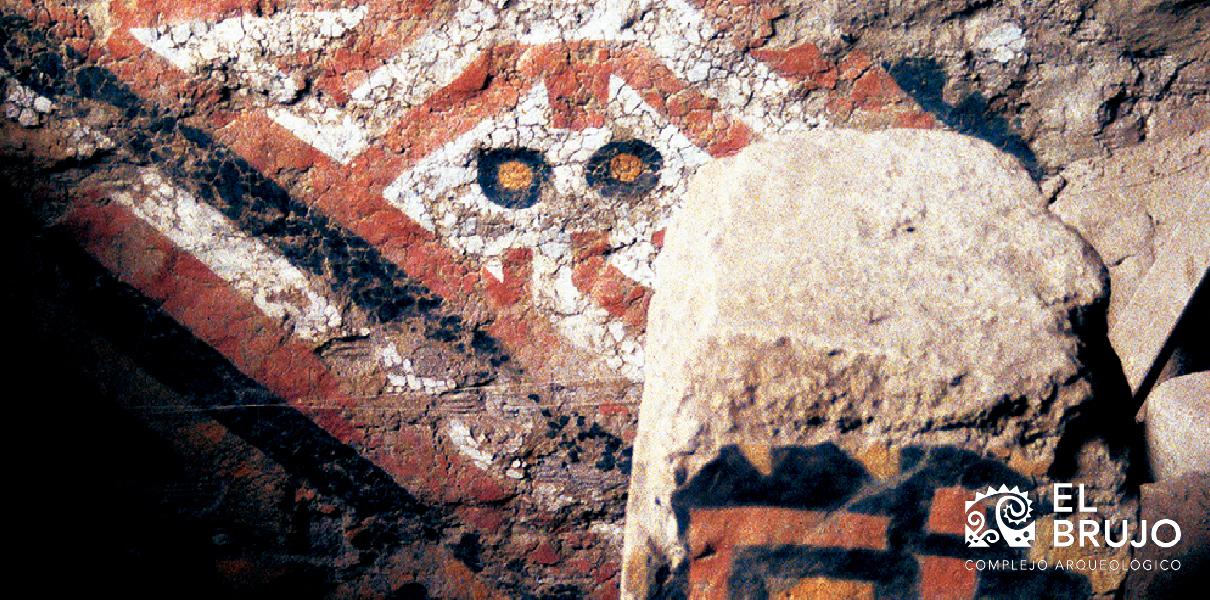
Image 2: Detail of the Life Fish adorning the columns of the Marine Frieze Courtyard, corresponding to the first building of Huaca Cao Viejo.
Beyond Huaca Cao Viejo, representations of the Life Fish have been identified at other sites such as Huaca de la Luna and in funerary contexts in the Jequetepeque Valley. Its presence in these places suggests a connection with the Moche elite and with hegemonic ritual discourses and practices associated with water and fertility.
Water, fertility, and ancestors: associations of the Life Fish
The biology of the Life Fish helps explain its prominence in Moche representations. This freshwater species prefers calm waters and is most active at night. Its abundance increases during the rainy season, linking it directly to fertility and the agricultural cycle.
It is no coincidence that the Life Fish appears in funerary contexts. In the tomb of the Lady of Cao, a prominent figure of Moche culture, textiles and ornaments bearing its image were found.
A Legacy that transcends time
The Life Fish was a key Moche symbol, representing the connection between water and fertility. Its depiction in ceramics, murals and ritual objects highlights the importance of this animal within Moche discourses of power and its relationship with natural cycles.
Today, studies on Moche iconography and its contextual associations reveal a complex ideological system linked to the biological characteristics of natural beings such as the Life Fish. This demonstrates the close connection between ceremonial practices and the economic system, which was shaped by the natural cycles of Peru’s northern coast.
Through their iconographic representations, the Moche left an invaluable testimony of their ideological discourses, in which water and its creatures played a fundamental role in the continuity of life and social order.
Students , outstanding news


